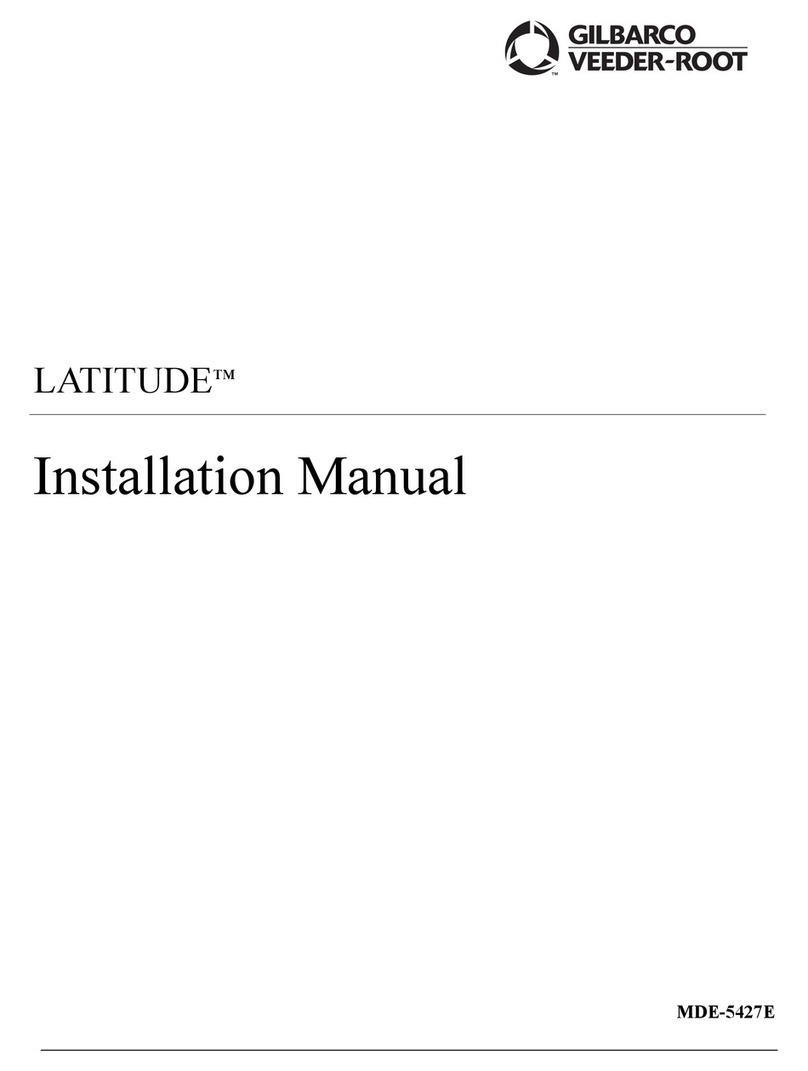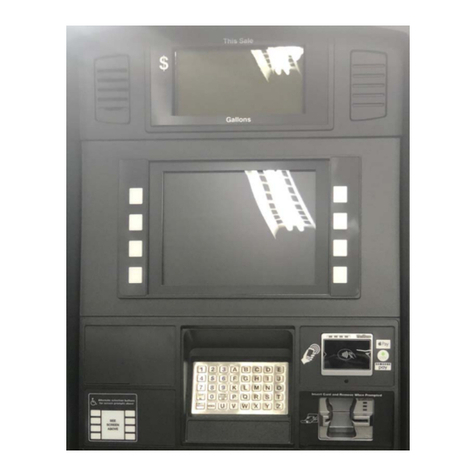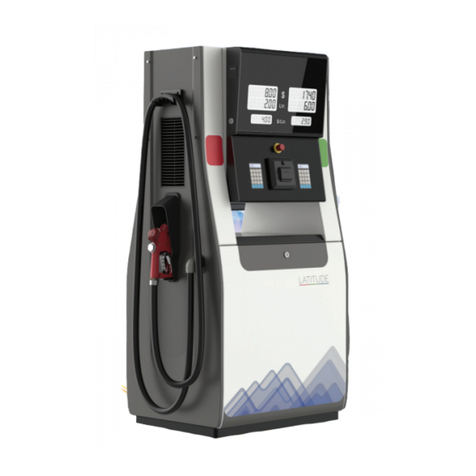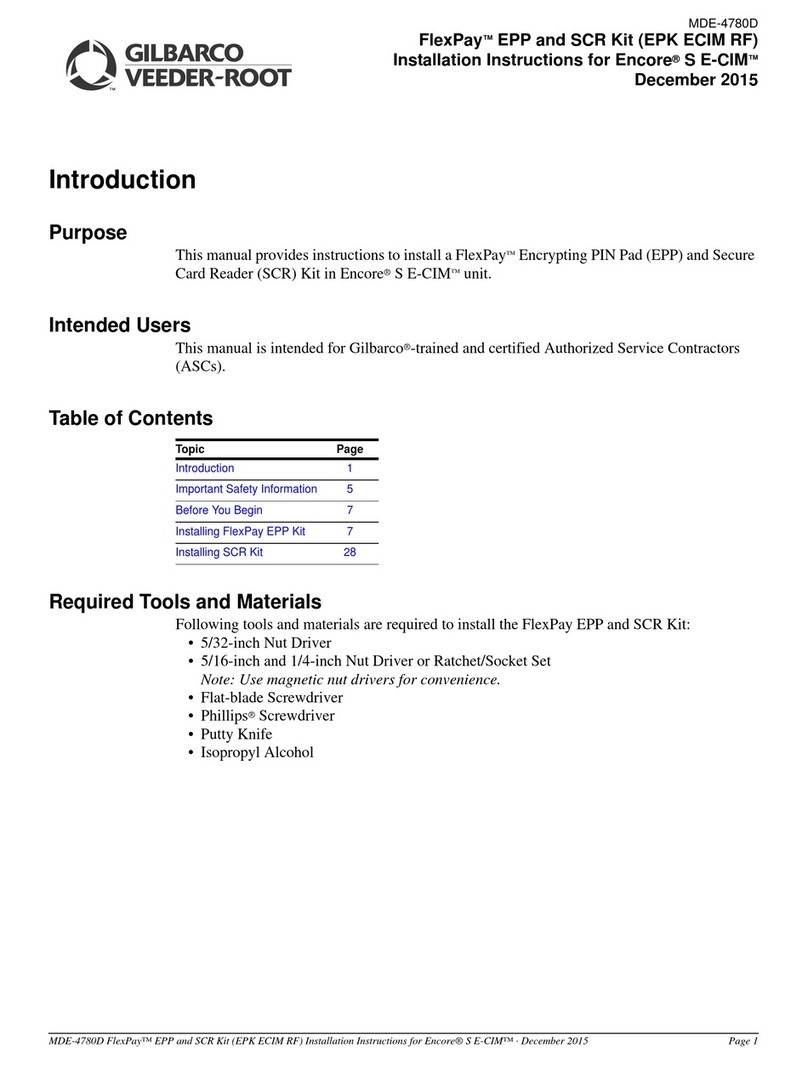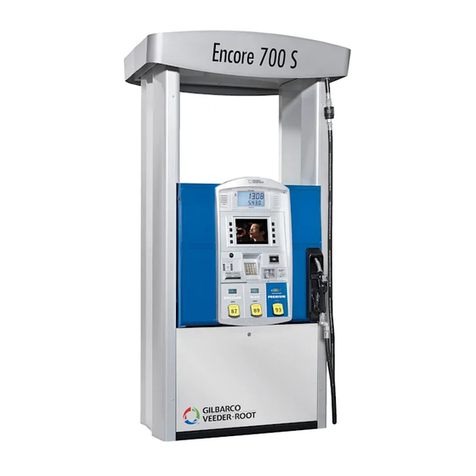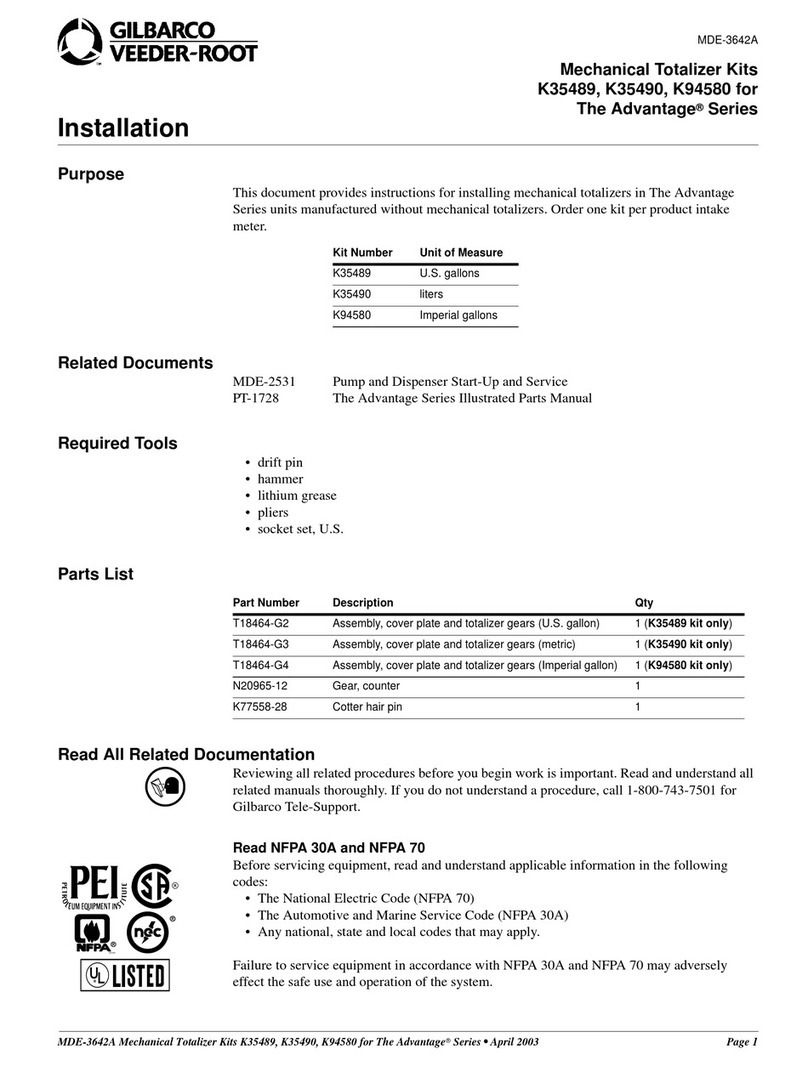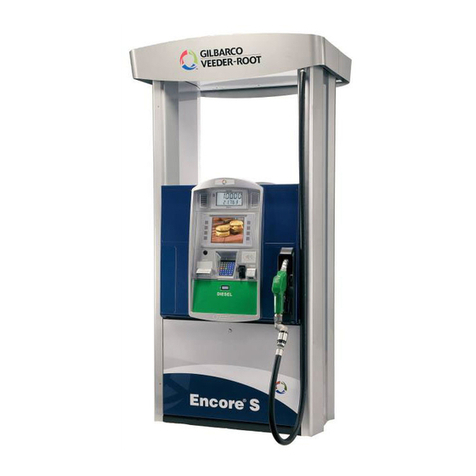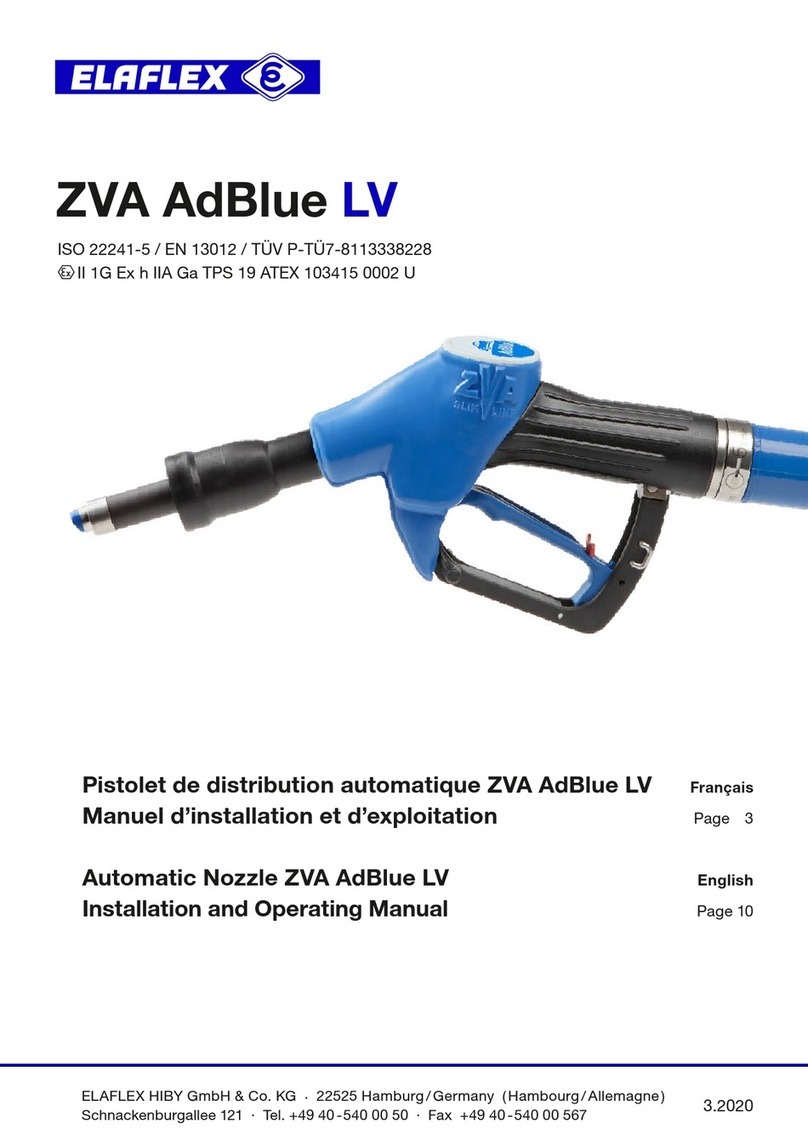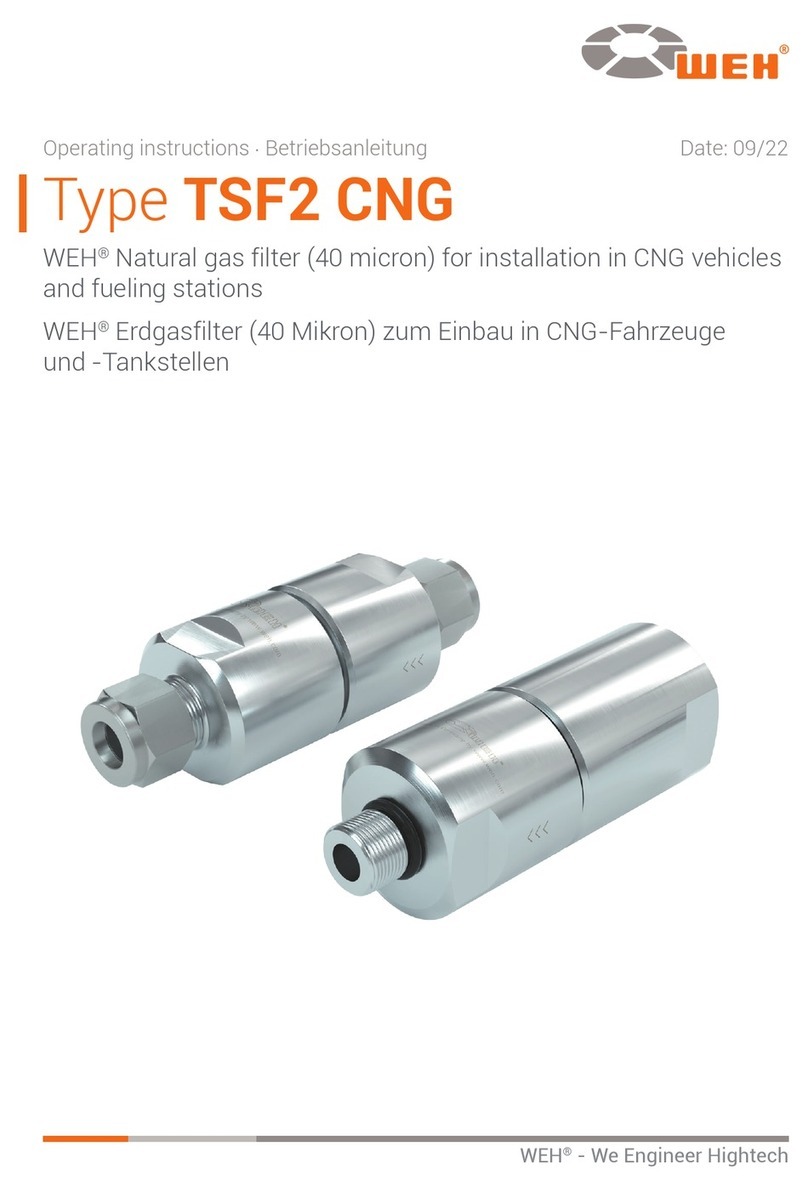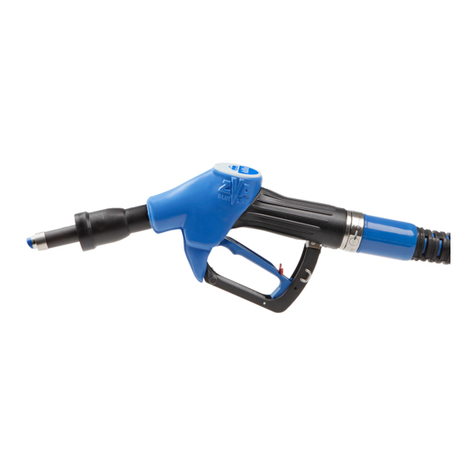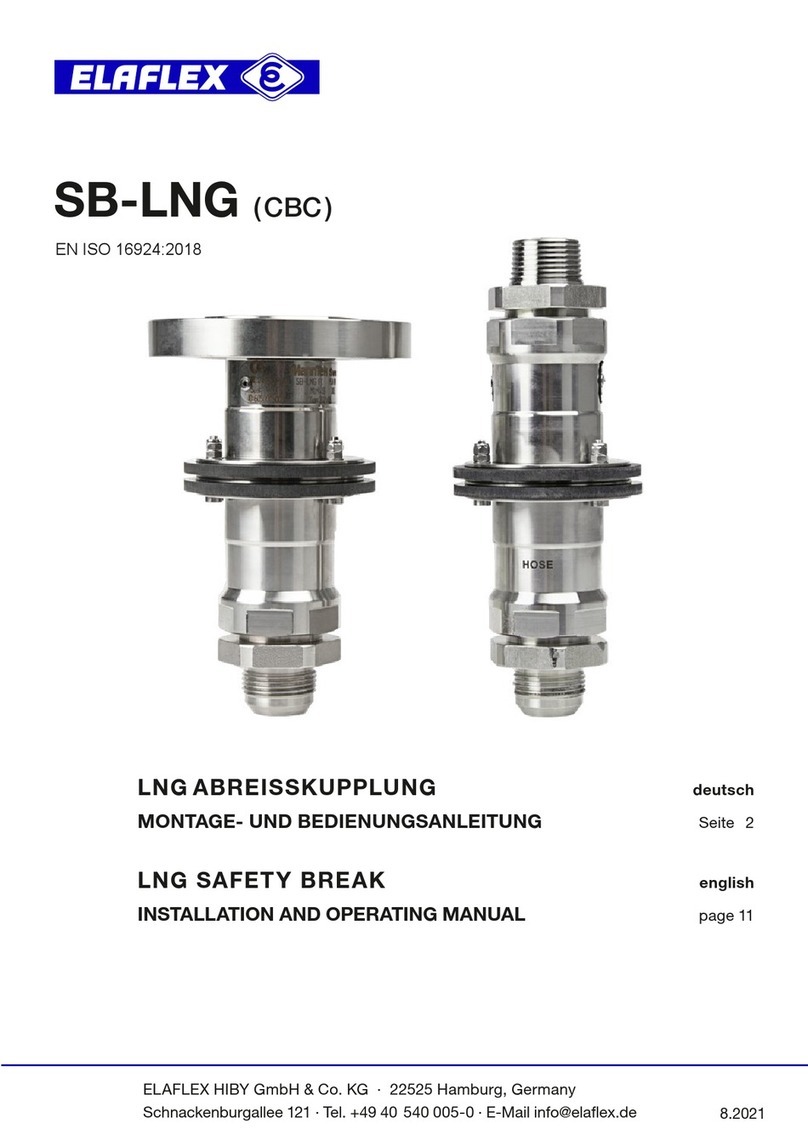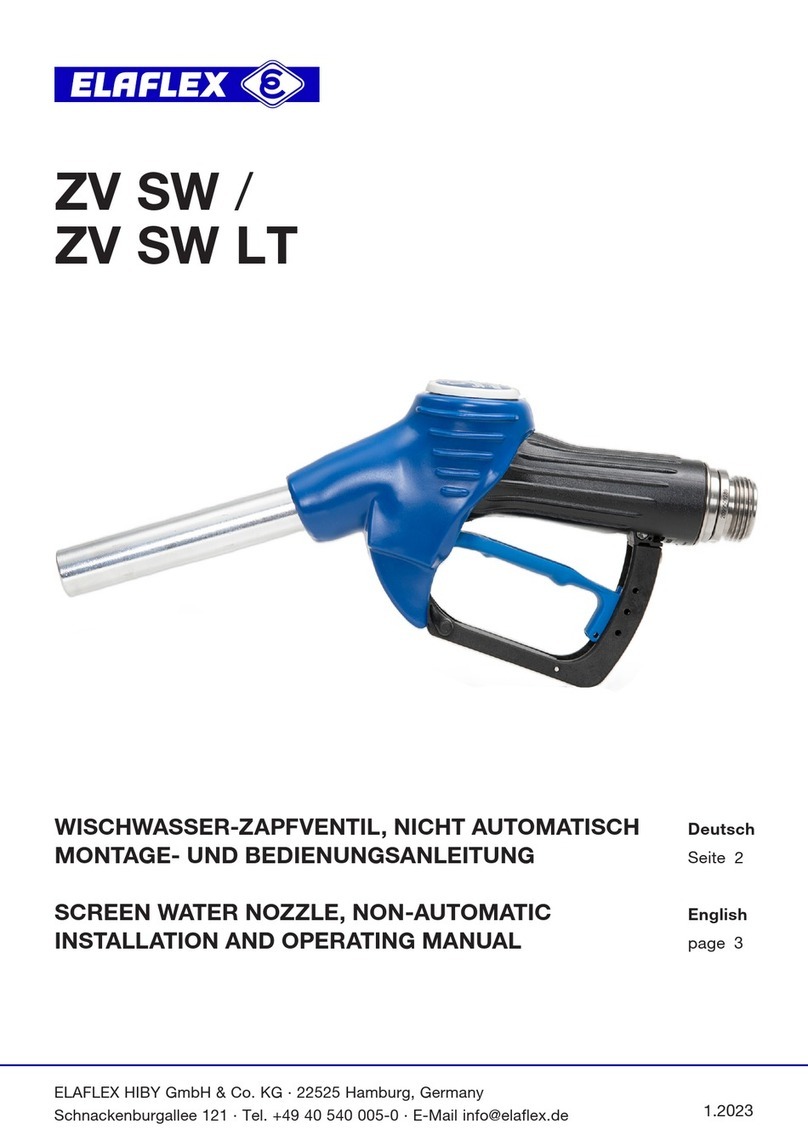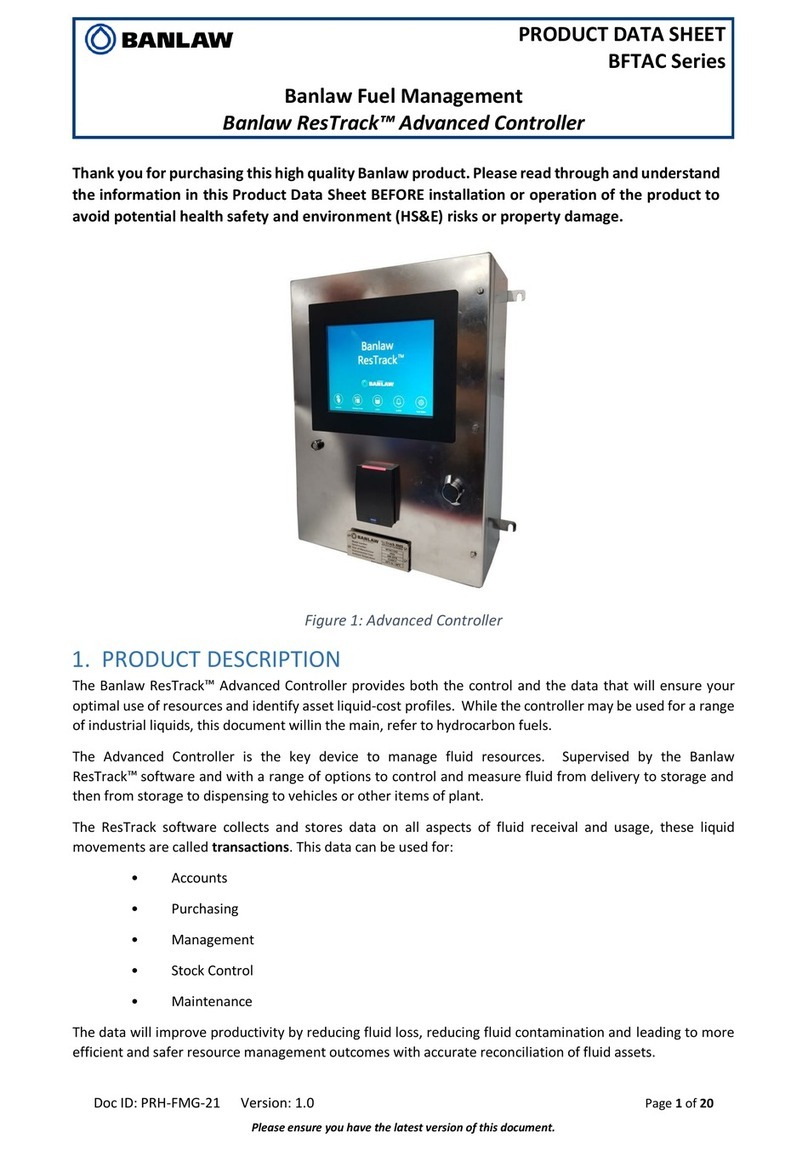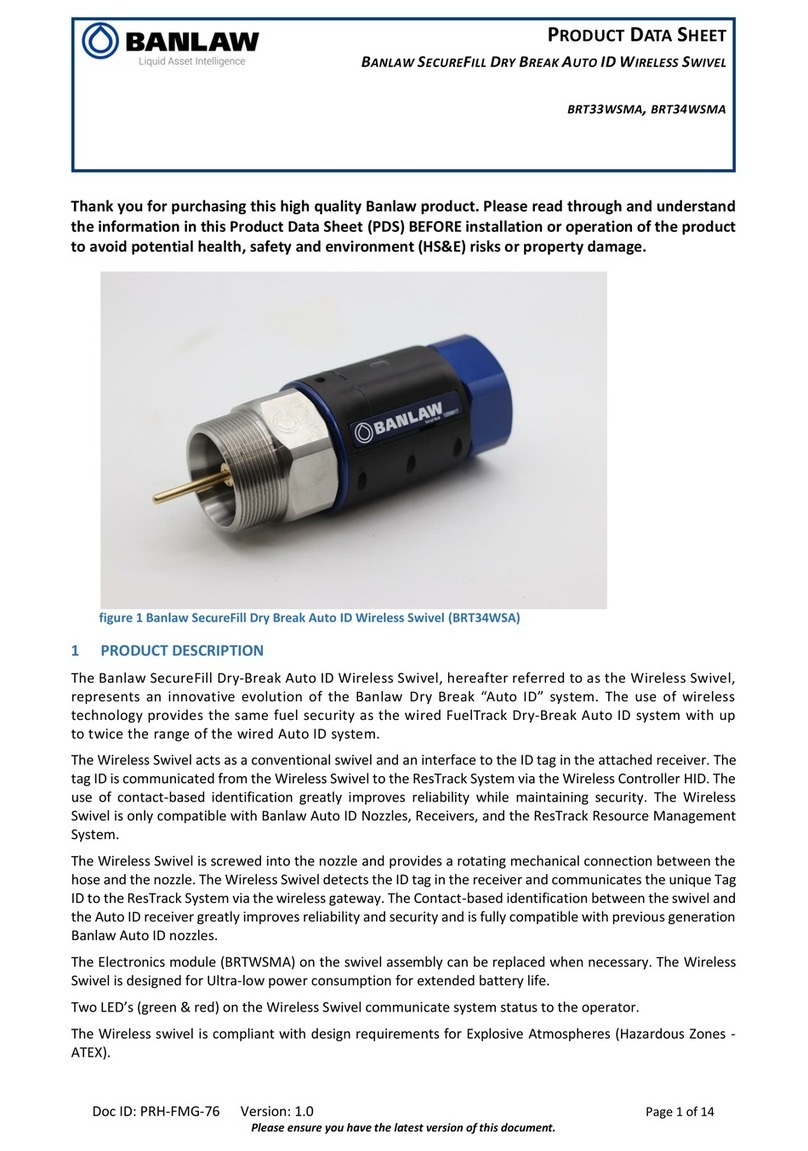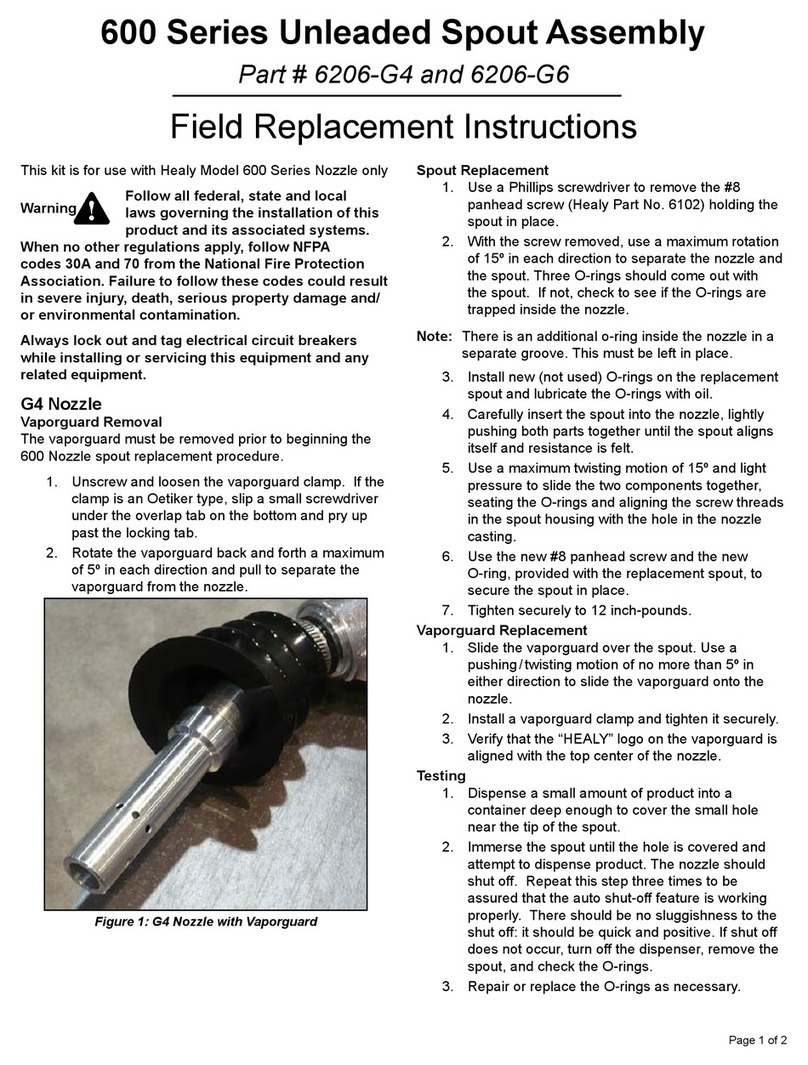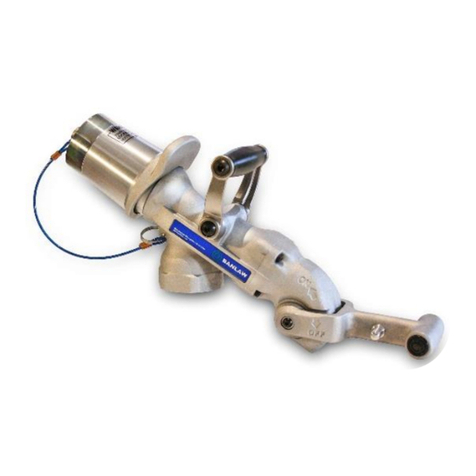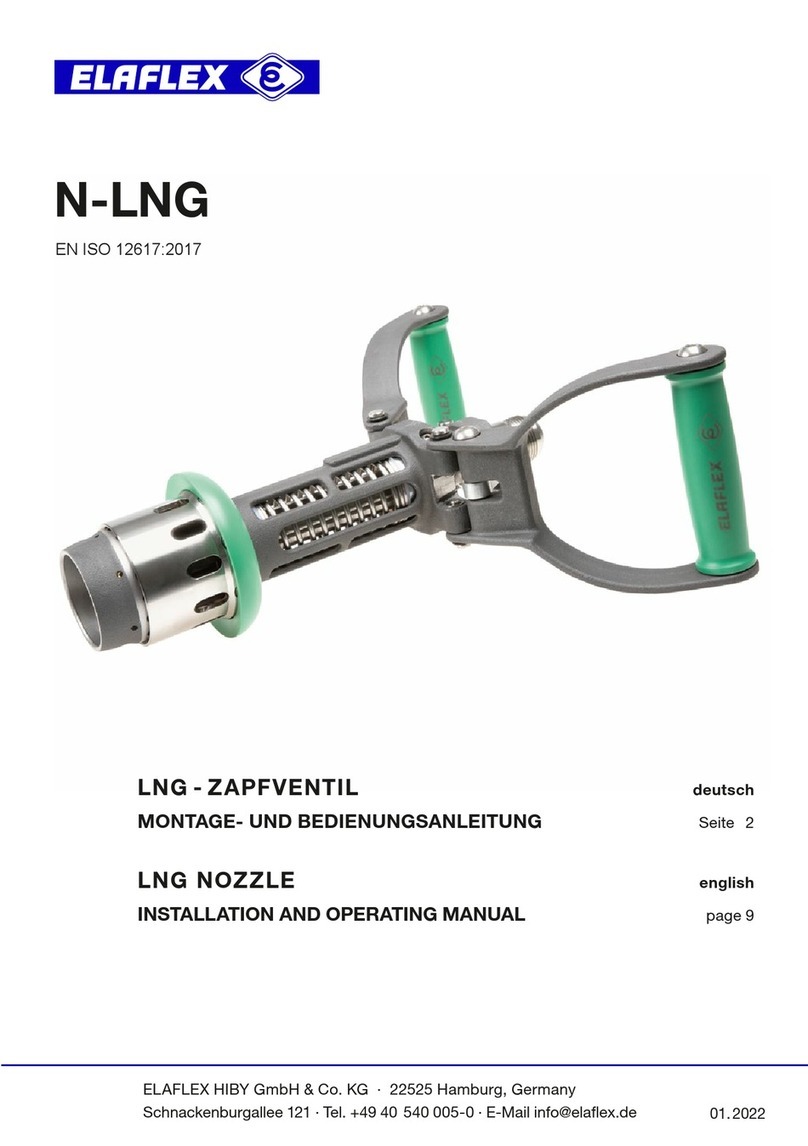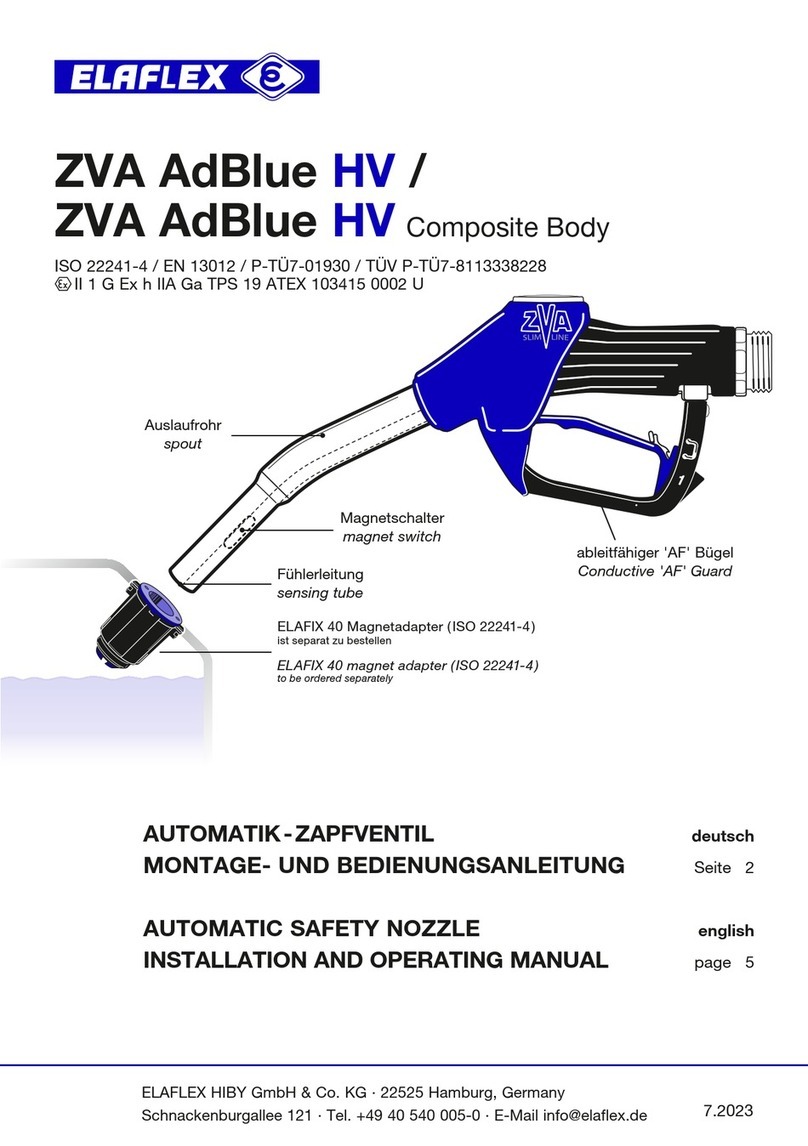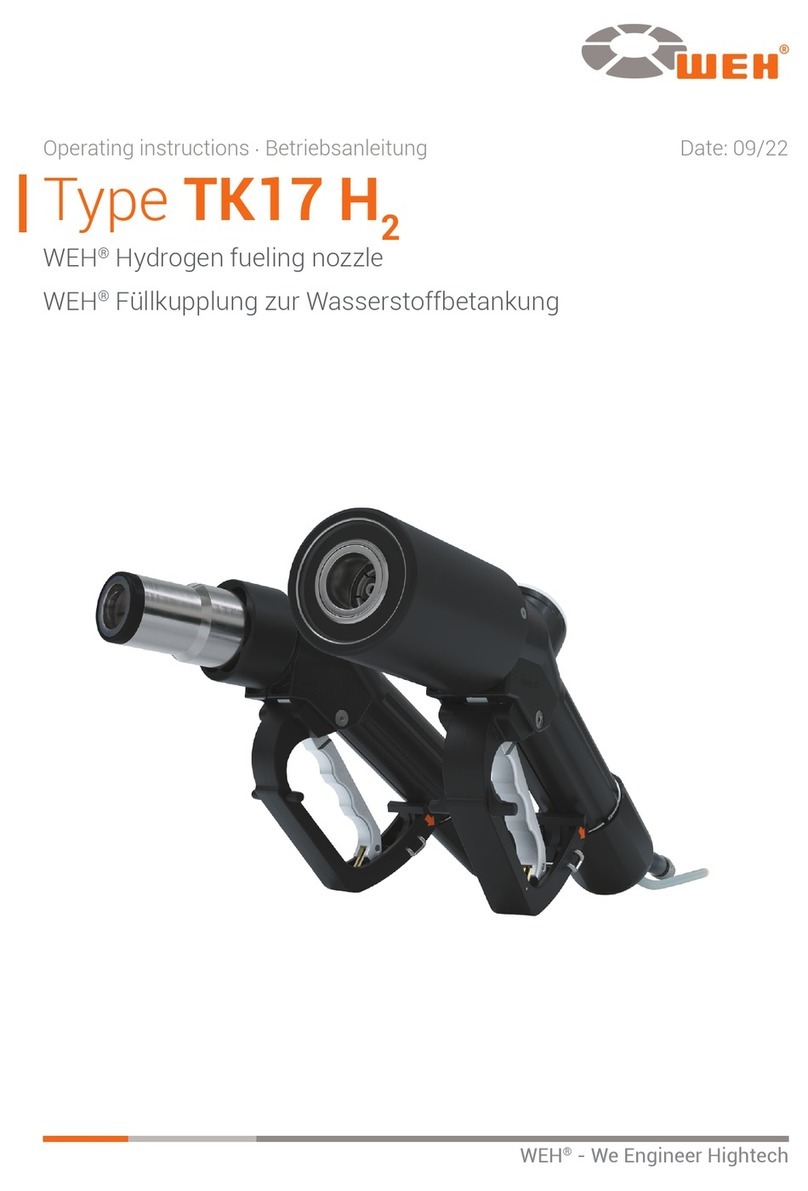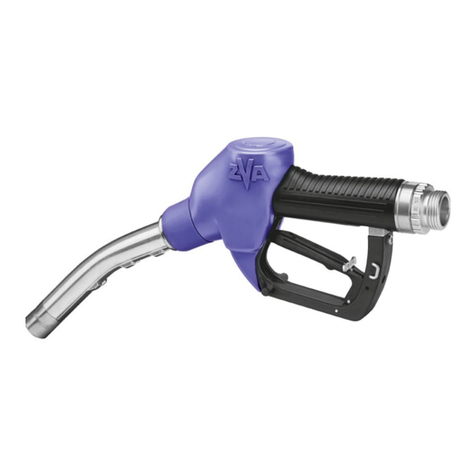
MDE-5224F
3
SECTION2- IMPORTANT SAFETYINFORMATION
Important Safety Information
Notes: 1) Save this Important Safety Information section in a
readily accessible location.
2) Although DEF is non-flammable, Diesel is flammable.
Therefore, for DEF cabinets that are attached to
Diesel dispensers, follow all the notes in this section
that pertain to flammable fuels.
This section introduces the hazards and safety precautions
associated with installing, inspecting, maintaining or servicing this
product. Before performing any task on this product, read this safety
information and the applicable sections in this manual, where
additional hazards and safety precautions for your task will be found.
Fire, explosion, electrical shock or pressure release could occur and
cause death or serious injury, if these safe service procedures are
not followed.
Preliminary Precautions
You are working in a potentially dangerous environment of
flammable fuels, vapors, and high voltage or pressures. Only trained
or authorized individuals knowledgeable in the related procedures
should install, inspect, maintain or service this equipment.
Emergency Total Electrical Shut-Off
The first and most important information you must know is how to
stop all fuel flow to thepump/dispenser and island. Locate theswitch
or circuit breakers that shut off all power to all fueling equipment,
dispensing devices, and Submerged Turbine Pumps (STPs).
The EMERGENCY STOP, ALL STOP, and PUMP
STOP buttons at the cashier’s station WILL NOT
shut off electrical power to the
pump/dispenser. This means that even if you activate
these stops, fuel may continue to flow uncontrolled.
You must use the TOTAL ELECTRICAL
SHUT-OFF in the case of an emergency and not the
console’s ALL STOP and PUMP STOP or similar
keys.
!
WARNING
!
Total Electrical Shut-Off Before Access
Any procedure that requires access to electrical components or the
electronics of the dispenser requires total electrical shut off of that
unit. Understand the function and location of this switch or circuit
breaker before inspecting, installing, maintaining, or servicing
Gilbarco equipment.
Evacuating, Barricading and Shutting Off
Any procedure that requires access to the pump/dispenser or STPs
requires the following actions:
• An evacuation of all unauthorized persons and vehicles from the
work area
• Use of safety tape, cones or barricades at the affected unit(s)
• A total electrical shut-off of the affected unit(s)
Read the Manual
Read, understand and follow this manual and any other labels or
related materials supplied with this equipment. If you do not
understand a procedure, call the Gilbarco Technical Assistance
Center (TAC) at 1-800-743-7501. It is imperative to your safety and
the safety of others to understand the procedures before beginning
work.
Follow the Regulations
Applicable information is available in National Fire Protection
Association (NFPA) 30A; Code for Motor Fuel Dispensing Facilities
and Repair Garages, NFPA 70; National Electrical Code (NEC),
Occupational Safety and Health Administration (OSHA) regulations
and federal, state, and local codes.All these regulations must be
followed. Failure to install, inspect, maintain or service this
equipment in accordance with these codes, regulations and
standards may lead to legal citations with penalties or affect the safe
use and operation of the equipment.
Replacement Parts
Use only genuine Gilbarco replacement parts and retrofit kits on your
pump/dispenser. Using parts other than genuine Gilbarco
replacement parts could create a safety hazard and violate local
regulations.
Federal Communications Commission (FCC) Warning
This equipment has been tested and found to comply with the
limits for a ClassA digital device pursuant to Part 15 of the FCC
Rules. These limits are designed to provide reasonable protection
against harmful interference when the equipment is operated in a
commercial environment. This equipment generates, uses, and
can radiate radio frequency energy, and if not installed and used
in accordance with the instruction manual, may cause harmful
interference to radio communications. Operation of this equipment
in a residential area is likely to cause harmful interference in which
case the user will be required to correct the interference at his own
expense. Changes or modifications not expressly approved by the
manufacturer could void the user’s authority to operate this
equipment.
Safety Symbols and Warning Words
This section provides important information about warning symbols
and boxes.
Alert Symbol
This safety alert symbol is used in this manual and on
warning labels to alert you to a precaution which must be
followed to prevent potential personal safety hazards. Obey
safety directives that follow this symbol to avoid possible
injury or death.
Signal Words
These signal words used in this manual and on warning labels tell
you the seriousness of particular safety hazards. The precautions
below must be followed to prevent death, injury or damage to the
equipment:
DANGER:Alerts you to a hazard or unsafe practice which
will result in death or serious injury.
WARNING: Alerts you to a hazard or unsafe practice that
could result in death or serious injury.
CAUTION with Alert symbol: Designates a hazard or unsafe
practice which may result in minor injury.
CAUTION without Alert symbol: Designates a hazard or
unsafe practice which may result in property or equipment
damage.
!
!
!
